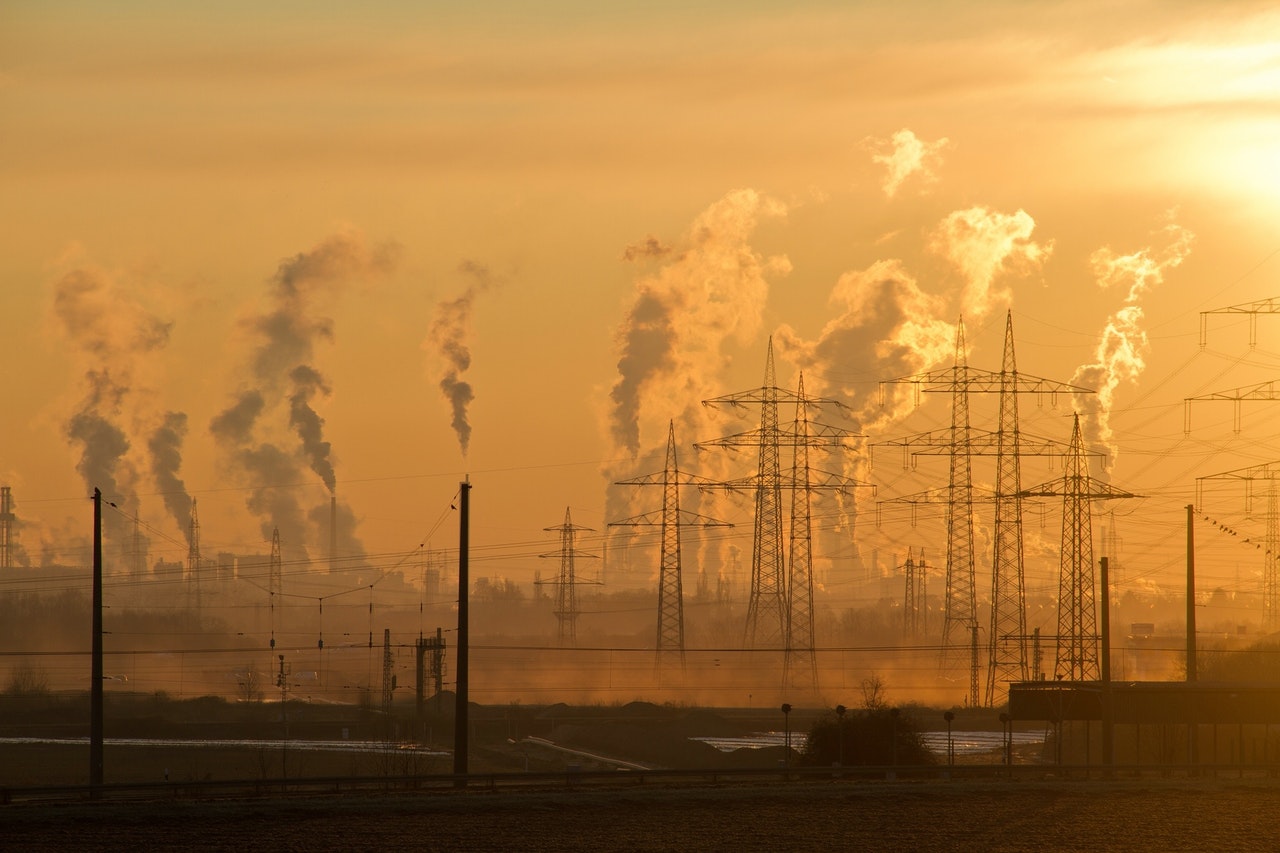Youtube, Netflix, Amazon…we are living in the era of video on demand. But you’ve probably never stopped to think about the fact that every time you click on something you are polluting the planet.

When we talk about pollution and technology, we always think about the recycling of electronic devices at the end of their short lives. According to data from the United Nations, in 2018 we generated more than 50 million tonnes of electronic waste, with this figure increasing exponentially every year.
Despite the magnitude of this problem, these technological devices are hiding another type of pollution that we don’t see: each time we connect to the internet, we are using energy. Technology is responsible for 4% of the global emissions of greenhouse gases, which is more than what is produced by air travel. Countries like France are trying to eliminate domestic flights in favour of a land-based alternative, but what can we do to reduce pollution that we produce with our digital activity?

Streaming is the leader in technological pollution
According to a report by The Shift Project entitled “Towards Digital Sobriety”, 45% of technological energy consumption and its emissions come from the production of digital devices, while the remaining 55% comes from their use. Their authors indicate that it would be possible to reduce the amount of annual increase, which is currently at 9%, to 1.5% by adopting the principle of “digital sobriety”.
This French think tank recently published a new report that warns of the digital pollution linked to streaming. The conclusions of “Climate Crisis: The Unsustainable Use of Online Video” reveal that streaming views are responsible for 60% of global traffic data and more than 30 million tonnes of CO2 annually. That’s 1% of total global emissions of greenhouse gases, which is equivalent to Spain’s annual emissions.
Thirty-four percent of these emissions are from the use of on-demand video on Netflix, Amazon, and others similar platforms, while 27% comes from the watching of pornographic videos, 21% from Youtube videos, and 18% from videos published on social media. For example, it says that the energy required to watch one hour of videos online is equivalent to the energy consumption of a fridge for one whole year.
To watch a video via streaming on your device, be it a phone, a computer, or a television, you have to connect to the internet using a remote server so that the content can be transmitted to your device via a series of networks. “All of these processes require electricity, whose production uses resources and results in CO2 emissions,” says the report, which recommends that we limit viewing to 1 hour per day, opt for content in low definition, and choose downloading over streaming whenever possible.
If you are someone that uses public transport and buys ethical products, you should also think about your electronic device use. Researchers at The Shift Project estimate that the annual figure for emissions from technology use could double between now and 2025, reaching the same amount that is produced by cars. In less than one hour of browsing the internet we emit the same amount of CO2 that we would driving a car for one kilometre.

A new, low-carbon way of life
What can we do to avoid contributing to climate change? The 1.5 Degree Lifestyle report proposes radical change to our way of life with a view to reduce our carbon footprint by up to 80%. Some of the options that stand out include:
- Avoiding vehicles when getting around, using public transport, and ride-sharing. Vehicles currently produce 8% of the global emissions of CO2.
- Using electricity that comes from renewable sources like wind energy, solar energy, or biomass. Generating your own electricity is also mentioned as a good way to achieve energy independence and reduce energy use.
- Adopting vegetarian and vegan diets to reduce the amount of carbon emissions that come from livestock used for dairy farming. In Finland, for example, meat represents just 9% of the average diet but makes up 37% of the country’s carbon footprint.
- Changing our consumer habits so that we buy less, encouraging the re-use of products and choosing products made from natural or recycled materials.
When it comes to getting around, Sweden is having great success with flygskam or “flight shaming”, an environmental movement that advocates for the elimination of unnecessary air travel, which is partly inspired by Great Thunberg. The Swedish activist chose a boat as her mode of transport to get to the Climate Change Summit held in New York this month. The movement was actually started by Olympic athlete Björn Ferry, who stopped flying in 2015, and was continued by Greta’s mother. The figures are proving them right: WWF says that 23% of Swedes have stopped flying, while train travel is seeing record numbers of passengers thanks to tagskyrt, or “train pride”.





